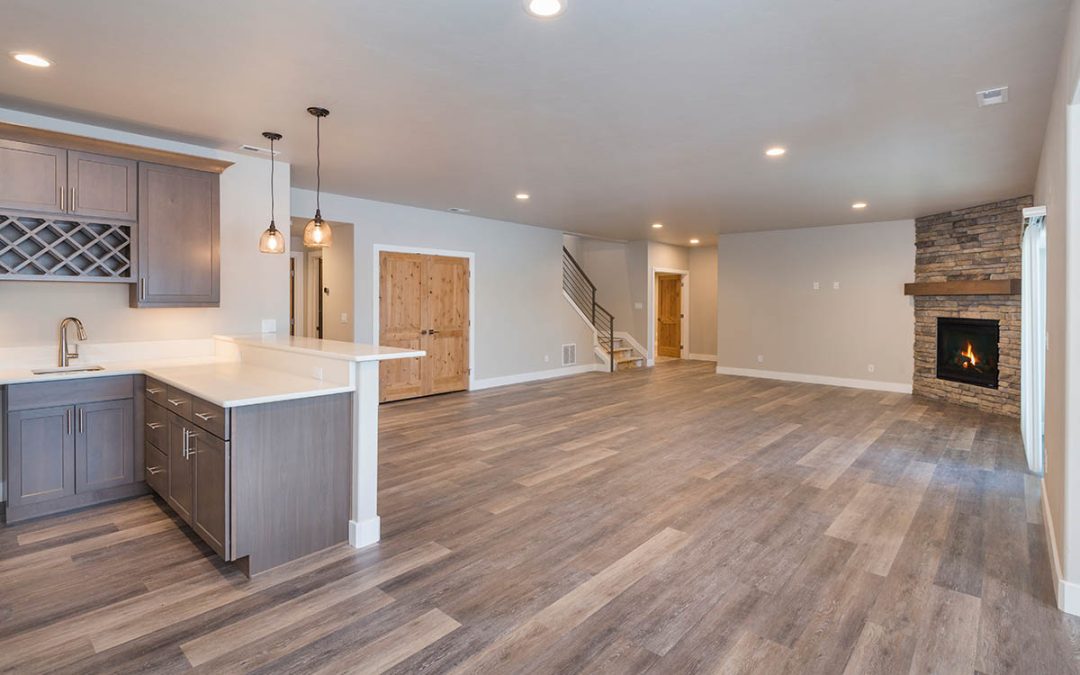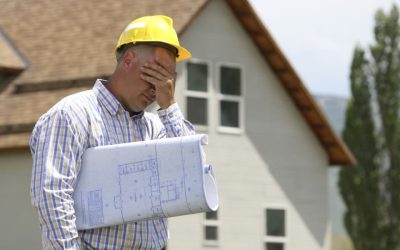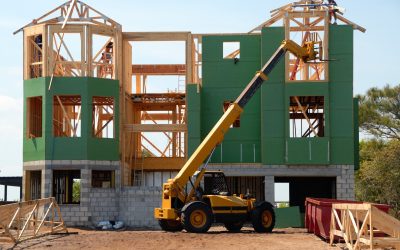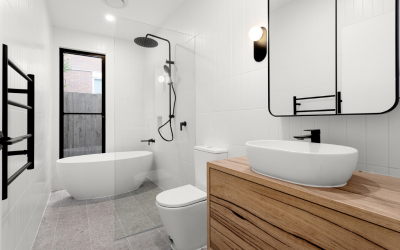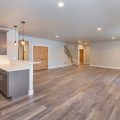Including a basement in your home extension build might not be the first thing that springs to mind – but in Melbourne’s ever-tightening property market, it’s an idea worth digging into.
With land at a premium and space getting harder to come by, homeowners are getting smarter about how they use every square metre. And for many, that means going underground. Whether you’re looking to expand your family living space, create a dedicated work-from-home area, or simply add more storage without taking up precious backyard space, a basement addition could be just the answer.
Why Add a Basement?
There’s a growing trend across Melbourne to incorporate basements into both home extensions and new homes. Here’s why:
- Space, glorious space! Think extra bedrooms, home theatre, gym, or even a wine cellar.
- Sustainability features: Basements can house rainwater tanks, greywater systems or solar battery storage.
- Car parking: Add secure parking without expanding your home’s footprint.
- Storage solutions: Finally, a place for all the camping gear and holiday decorations!
But like all good things, building a basement extension comes with its own considerations. It’s not just a hole in the ground – it’s a carefully designed structural feature that needs the right expertise to get right.
Basement Construction Melbourne: Here’s What to Consider
1. Site Assessment and Soil Testing
Before anything gets drawn up, we start with the ground beneath your feet – literally. A professional soil test gives your draftsman, building designer, or engineer vital information like soil stability and drainage capacity. This is especially important across areas like Hawthorn, Northcote, or Camberwell, where conditions can vary dramatically from one street to the next.
This early stage helps determine whether your site is suitable for a basement and assists in designing adequate foundations and drainage solutions to avoid dampness or flooding.
2. Excavation – It’s Not One-Size-Fits-All
Excavating for a basement construction in Melbourne is a bit more complex than digging a veggie patch. There are several methods, and the best one depends on your site and build type:
- Open-cut: The most common, where the whole area is excavated at once.
- Top-down: Start building from the top while digging underneath—yes, really.
- Anchored and Bracing methods: Used when surrounding soil or buildings need support.
- Island method: For sites where only part of the basement can be excavated initially.
Your basement builder and excavation contractor will advise the most appropriate method, keeping in mind site access, neighbouring homes, and council regulations.
3. Waterproofing and Drainage – Crucial!
Basement waterproofing is not just important—it’s essential. There’s no one-size-fits-all Australian Standard for it, so it’s usually tackled with a Performance Solution (an alternative method of demonstrating compliance with performance requirements). This must:
- Keep groundwater out (even during Melbourne’s wildest storms)
- Prevent damp, mould, and structural damage
- Maintain air quality and liveability in the space
Additional features like sump pumps, drainage membranes, and vapor barriers are often included to keep things dry and comfortable year-round.
4. Structural Considerations
Building a basement means dealing with more than just walls and floors. You’ll need:
- Foundation design: Reinforced slabs and footings to handle extra weight.
- Basement walls: Designed to resist earth and water pressure.
- Support beams and columns: These need to be carefully planned for upstairs load distribution.
Don’t worry – this is where working with experienced professionals really pays off. We’ve tackled projects across Melbourne’s inner and eastern suburbs where these challenges are par for the course.
5. Ventilation and Airflow
Because basements are below ground, proper airflow is key. A well-designed basement will include:
- Light wells or vented windows: For fresh air and a touch of daylight.
- Mechanical ventilation: Think dehumidifiers or integrated HVAC to prevent mould or mildew.
6. Access, Ceiling Height & Fit-Out
For your basement to be considered a habitable room under the NCC (National Construction Code) 2022, you’ll need:
- Ceiling heights of at least 2.4m
- Stairs that comply with Australian safety codes (riser height, tread depth, handrails)
Then comes the fun part—finishes! We recommend:
- Interior waterproofing membranes to back up the external waterproofing
- Durable, light-coloured flooring: Vinyl, tiles or engineered timber help keep the space feeling bright
- Smart lighting: Recessed lights and clever placement go a long way underground
Home Extensions With Basements: Why RFT Solutions?
At RFT Solutions, we’ve worked with homeowners to create tailored home extensions with basements that are practical, stylish, and perfectly suited to each site.
Our building designers and draftsmen are fully across the latest regulations in the NCC 2022 and know what’s needed to get your project through planning permits and building approvals smoothly. We’ve worked with all suburban local councils such as Boroondara, Stonnington, Moreland, Darebin, Whitehorse, and Yarra and can reduce any delays in obtaining planning and building permits.
If you’re ready to expand downwards and make the most of your land, get in touch with RFT Solutions. We’ll help you explore your options and design a basement that’s not just functional but an integral part of your dream home.

